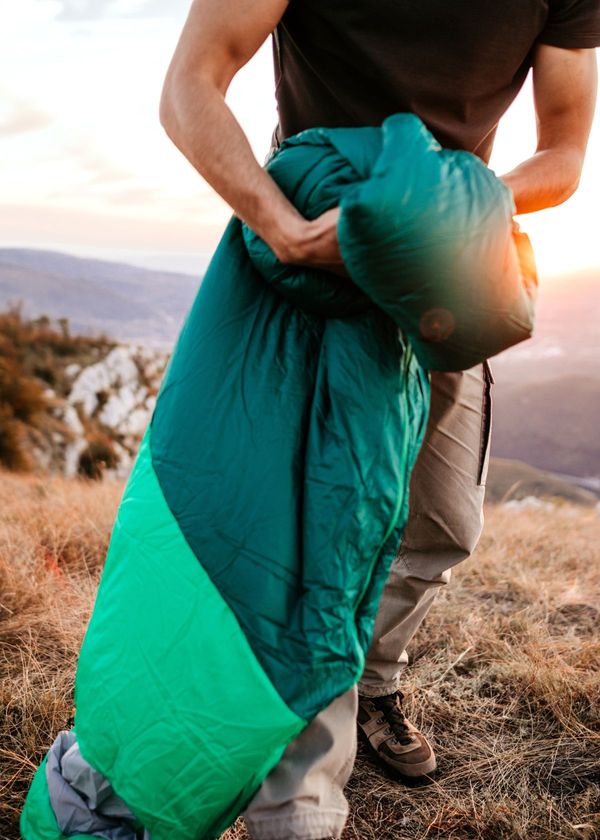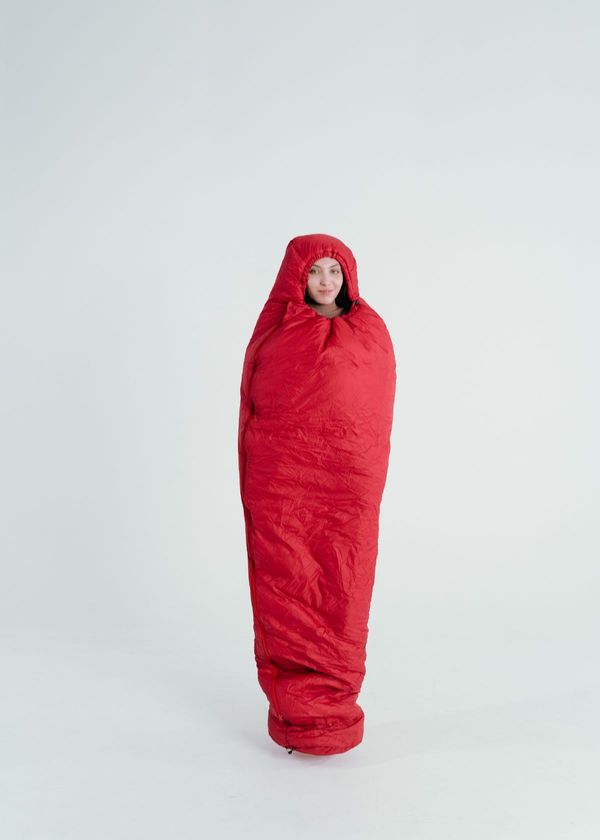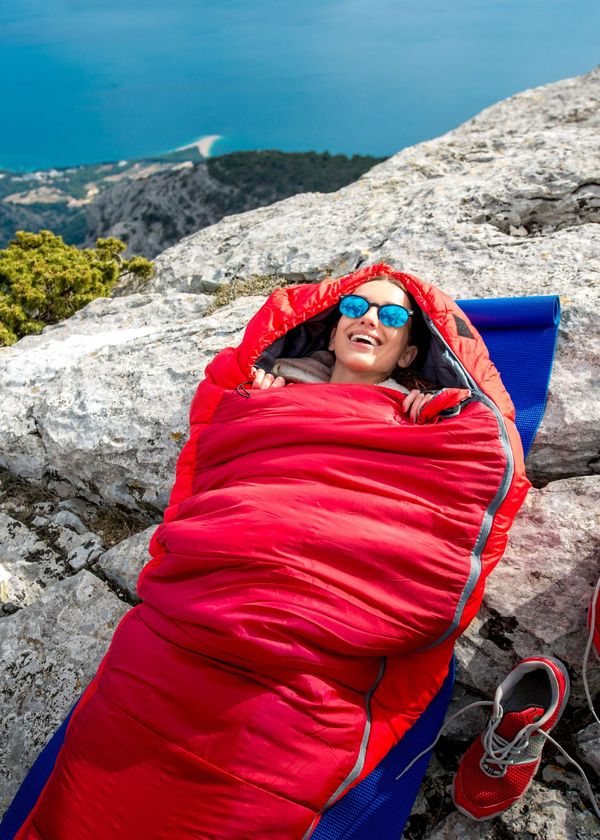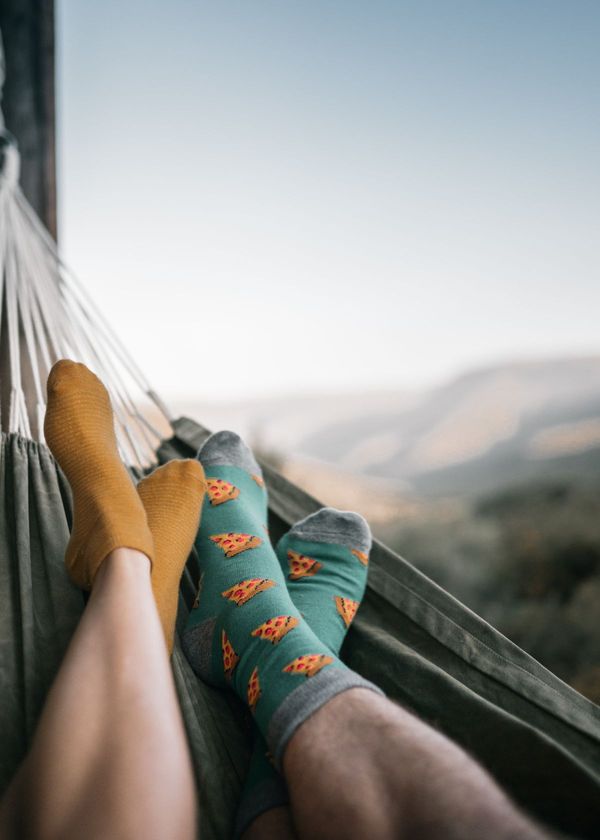Many people ask, how much are wearable sleeping bags? Wearable sleeping bags typically range in price, but you can find affordable options starting at around $20. These innovative sleeping bags offer the convenience of mobility and can be used for various outdoor activities. Higher-end models with additional features may have higher price points, but budget-friendly options are available for cost-effective solutions.
What are Wearable Sleeping Bags?
Wearable sleeping bags have gained popularity among outdoor enthusiasts, campers, and adventurers for their convenience and functionality. These innovative sleeping bags provide the wearer mobility while keeping them warm and comfortable in various outdoor conditions. However, before investing in a wearable sleeping bag, it's essential to understand their cost and the benefits they offer.
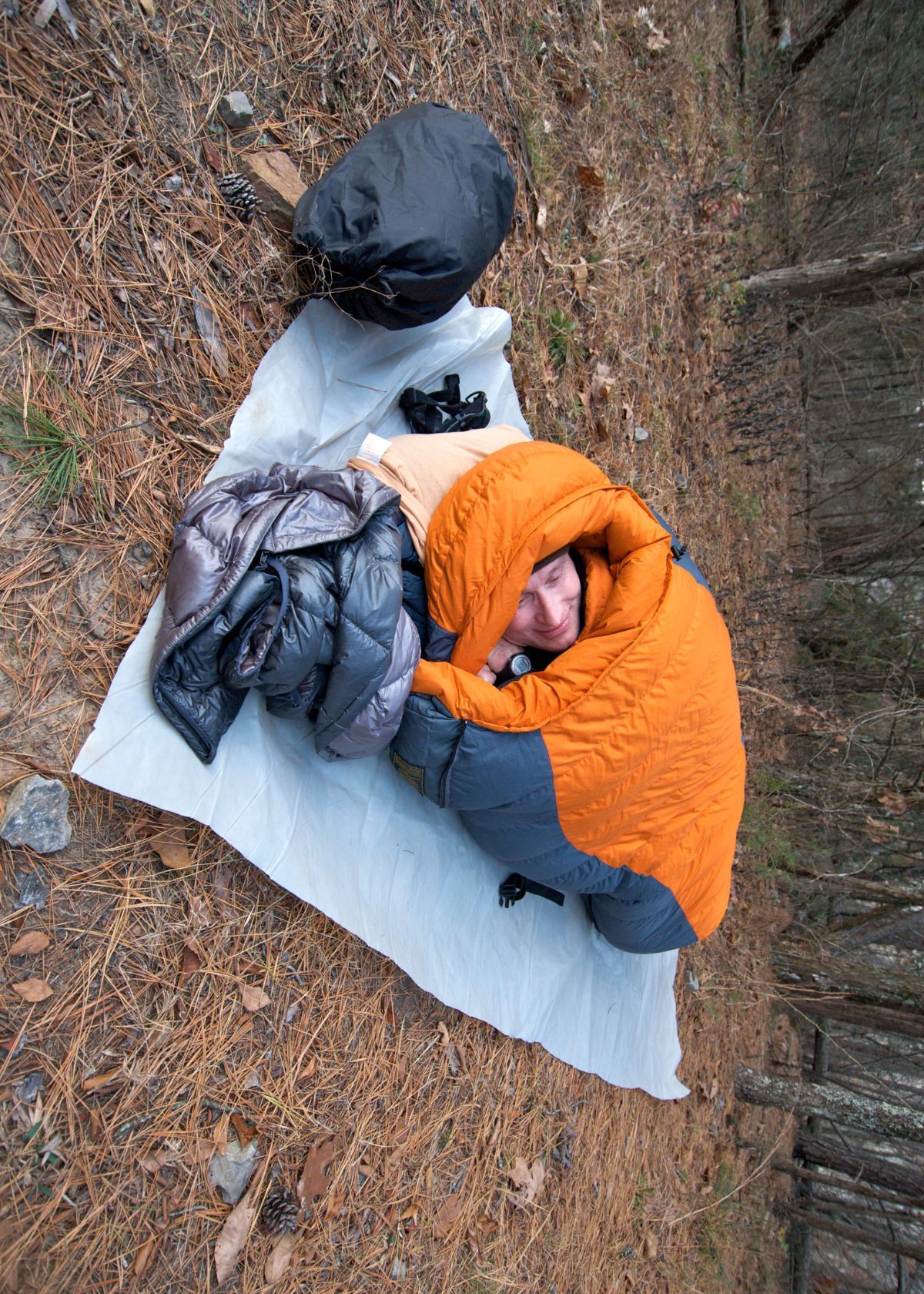
Factors that Affect the Price of Wearable Sleeping Bags
Wearable sleeping bags, also known as sleepsuits or sleep sacks, are innovative outdoor gear that combines the comfort of a sleeping bag with the mobility and convenience of a garment.
These wearable sleeping bags have gained popularity among outdoor enthusiasts, campers, hikers, and backpackers. So, how much are wearable sleeping bags? Well, the price of wearable sleeping bags can vary significantly depending on several factors.
1. Brand and Reputation
One factor that affects the price of wearable sleeping bags is the brand and reputation of the manufacturer. Established brands with a strong reputation for quality and reliability often command higher prices than lesser-known brands.
This is because reputable brands have invested time and resources in research, development, and product testing to ensure their sleeping bags meet high standards. Consumers are willing to pay a premium for the peace of mind with a trusted brand.
2. Material Quality
The quality of materials used to construct wearable sleeping bags is another crucial determinant of their price. High-quality materials such as durable ripstop nylon, down insulation, and advanced synthetic insulation are often more expensive but offer superior performance and durability.
These materials provide better insulation, moisture-wicking properties, and resistance to wear and tear. Lower-priced sleeping bags may utilize cheaper materials that compromise performance and longevity.
3. Insulation Type
The type of insulation used in wearable sleeping bags significantly influences their price. There are primarily two types of insulation: down and synthetic. Down insulation, derived from the soft feathers of ducks or geese, is known for its exceptional warmth-to-weight ratio.
It is more expensive than insulation but provides excellent insulation in cold conditions. On the other hand, synthetic insulation, typically made from polyester fibers, is more affordable but may be slightly bulkier and heavier than down. The insulation type affects the cost of production, which in turn affects the price of the sleeping bag.
4. Temperature Rating
The temperature rating of a wearable sleeping bag is an important factor in determining its price. Temperature ratings indicate the lowest temperature at which a sleeping bag can keep the user warm.
Sleeping bags with lower temperature ratings are designed for colder conditions and require higher-quality insulation, additional features like draft tubes and hoods, and advanced construction techniques.
These factors increase the manufacturing cost and, consequently, the price of the sleeping bag. Sleeping bags with higher temperature ratings are generally more expensive due to the added technical features and materials required for enhanced insulation.
5. Features and Design
The features and design elements incorporated into wearable sleeping bags can significantly impact their price. Additional features like reinforced stitching, adjustable hoods, zippered pockets, draft collars, and integrated foot boxes contribute to the functionality and convenience of the sleeping bag.
Innovative design elements that improve comfort, mobility, and ease of use may also raise the price. For example, sleeping bags with articulated knees and elbows or stretch panels for increased mobility may cost more due to the extra engineering and design considerations involved.
6. Size and Weight
The size and weight of wearable sleeping bags can influence their price. Compact and lightweight sleeping bags are desirable for outdoor enthusiasts who prioritize minimizing their gear load.
These sleeping bags often utilize advanced materials and construction techniques to reduce weight without sacrificing warmth and durability. Using ultralight materials and specialized design features can increase production costs, making lightweight sleeping bags more expensive.
Conversely, larger, heavier sleeping bags offering more spaciousness may come at a lower price point.
7. Market Demand and Availability
The price may increase if a particular brand or model is in high demand and there is limited availability. Conversely, manufacturers may lower the price to attract buyers when there is low demand or an oversupply of certain sleeping bags.
Additionally, seasonal fluctuations, sales promotions, and discounts retailers offer can impact wearable sleeping bag pricing.
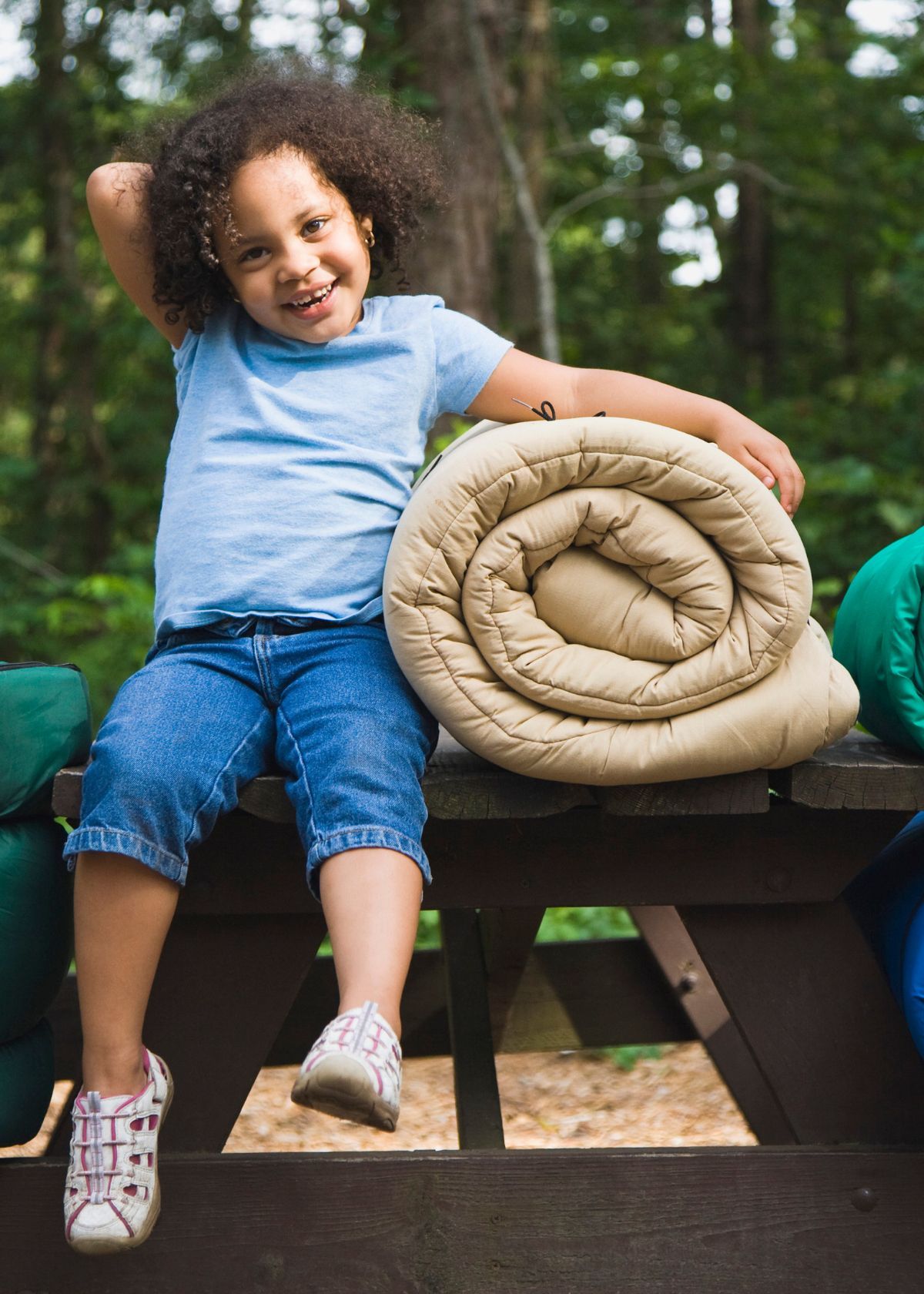
FAQs
Here are some common questions answered regarding wearable sleeping bags.
What is the average price of a sleeping bag?
On average, the price of a sleeping bag can vary on factors such as brand, quality, and features. For basic synthetic rectangular bags suitable for basement and backyard camping, you can typically find options priced around $20. However, if you're looking for a slightly higher-end sleeping bag with more advanced features, you can expect to spend around $75. Prices may vary further based on specific retailers and promotions.
What are the five types of sleeping bags?
The five types of sleeping bags are comfy mummy, rectangular, semi-rectangular, double-wide, and quilt-style bags. Mummy bags are designed to minimize weight and maximize warmth, while rectangular bags offer more room for movement. Semi-rectangular bags balance weight and space, double-wide bags are suitable for two people, and quilt-style bags provide versatility for various sleeping positions.
What is the price of a warm sleeping bag?
The price of a warm sleeping bag can vary depending on the brand, features, and insulation type. Generally, high-quality warm sleeping bags range from $100 to $500. However, budget options for around $50 to $80 can be found. When selecting a warm sleeping bag, it's important to consider the temperature rating, insulation material, and overall quality.
Conclusion
How much are wearable sleeping bags depends on various factors, including brand reputation, material quality, insulation type, temperature rating, features and design, size and weight, and market demand, which influence the price of wearable sleeping bags. Understanding these factors can help consumers make informed decisions when purchasing a wearable sleeping bag that meets their needs and budget.
Finding the perfect balance between price and quality performance is key to selecting a wearable sleeping bag that provides comfort, durability, and value for money. We hope now you know how much are wearable sleeping bags.




